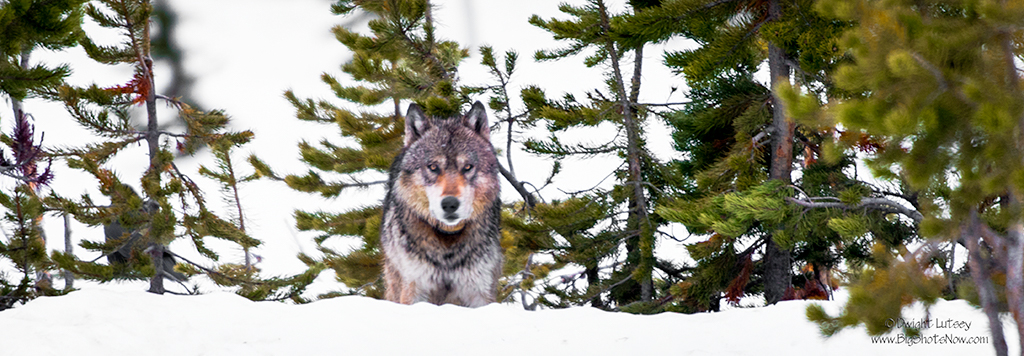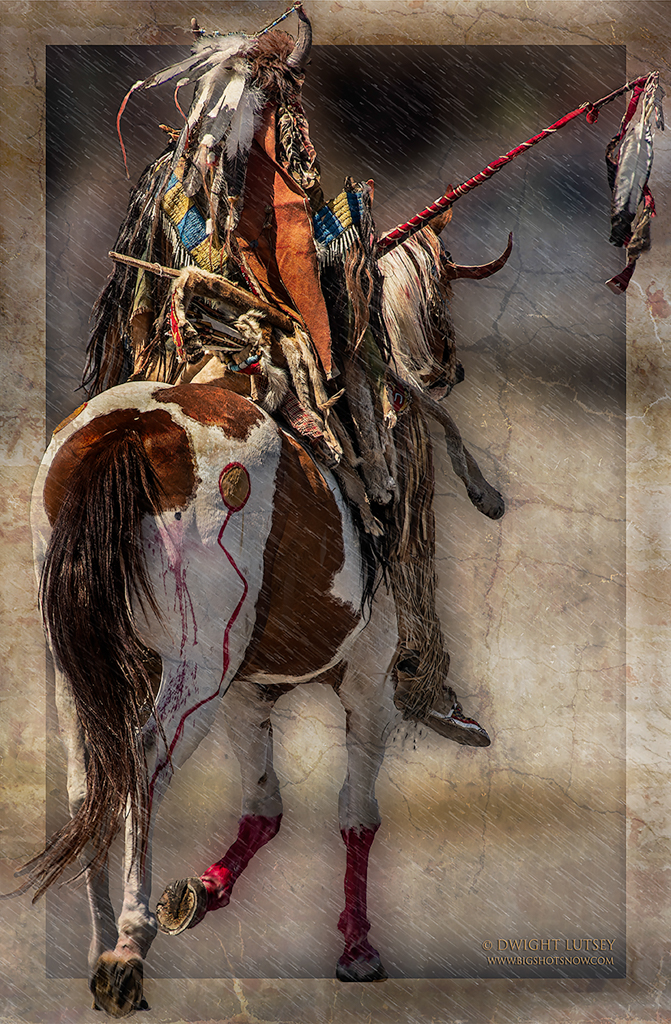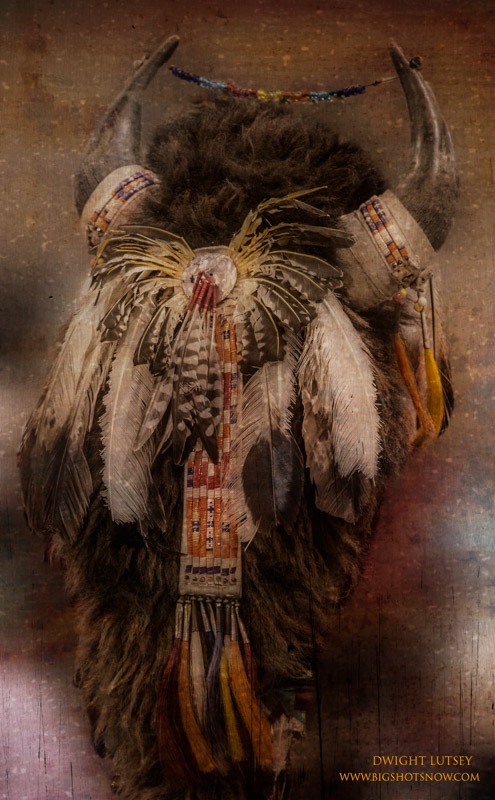
When we, and the we would be me, The Director of the World Famous Institute and any of the many staffers and interns we choose to bring along, attempt to slip into Yellowstone National Park for our annual inspection tour, we try to do it on the sly. We don’t want the usual Pomp And Circumstance, the parades, the cheering crowds, we want to be able to travel anonymously through out the park without everyone coming up for autographs and offers of sexual favors and incredible investment possibilities. We’re here to work.
But somehow and to this date I have never figured out how, the word gets out. No matter how carefully we tell people that we’re going back to the park and it’s like a secret, don’t tell anybody kind of thing, the animals, the park personnel, the wait staff at all the park restaurants, they all seem to know about it before we do. As a wildlife photographer I can only assume we have a mole in our organization.
Our advance scouts that we send in to get things scoped out for us have been sending back pictures and as you can see all the major players are aware of our impending arrival. It ‘s like when a restaurant gets advance notice that the health inspector is coming, you won’t find a cleaner kitchen. You could do surgery in that kitchen. Well it’s the same in the park. The wolves clean up their act, only killing the healthy good looking elk and not showing you the carcasses of all the little rabbits, voles, dead stuff off the highway and other disgusting things they eat. This hampers our ability to get the nitty-gritty on what’s really going on.
The wolves are the smartest ones of the bunch and they post watchers around the most likely spots we’ll hit, like this one at the Cascade Creek area near Canyon. We’ve seen this guy before and he is a world-class blabbermouth. If he’s seen our scouts and you can be sure he has, he’s looking right at one, we might as well abandon any hope of getting an accurate picture of park activities. This will not keep us from making our annual inspection however. We’ll be there but this time we have a surprise in store for them. This time we’re going in disguised.
That’s right. We have created costumes for some of our intern volunteers to wear, such as a badger, a cottontail, an elk calf with a damaged leg, things that the wolves wouldn’t touch if they knew we were coming in to inspect. This will hopefully allow us to get close enough to the wolves and other predators so we can photograph them and the conditions they’re living in. Now, we’re sharing this information with you, our loyal readers, so you’re aware of how we get some of the incredible exposes, not to mention world class photos that we’re famous for, but you’ve got to keep this quiet, otherwise it is not going to work and if you’ve blabbed there’s a good chance we could lose some or even all of our interns.
OK then. That’s it. We’ll be off real soon for the Spring inspection at Yellowstone National Park and we’ll do our best to bring you first hand accounts of everything that transpires. So stay tuned and watch this space for further developments.
P.S. we are always looking for bright young volunteers to fill our intern ranks. Send name and working phone number to the Director, % The institute and please be able to write your name as we need it for the Release of Liability form our lawyers require of all new workers.


 Buffalo headdress NCIPA powwow 2016
Buffalo headdress NCIPA powwow 2016

You must be logged in to post a comment.